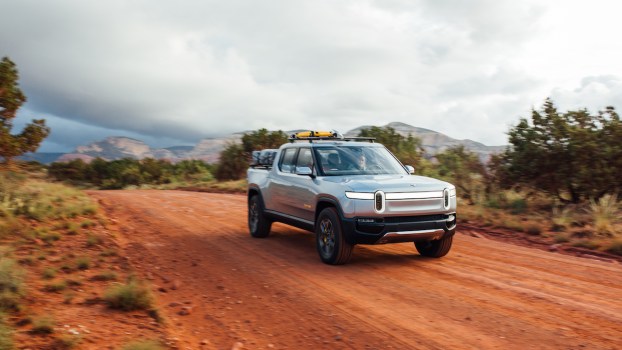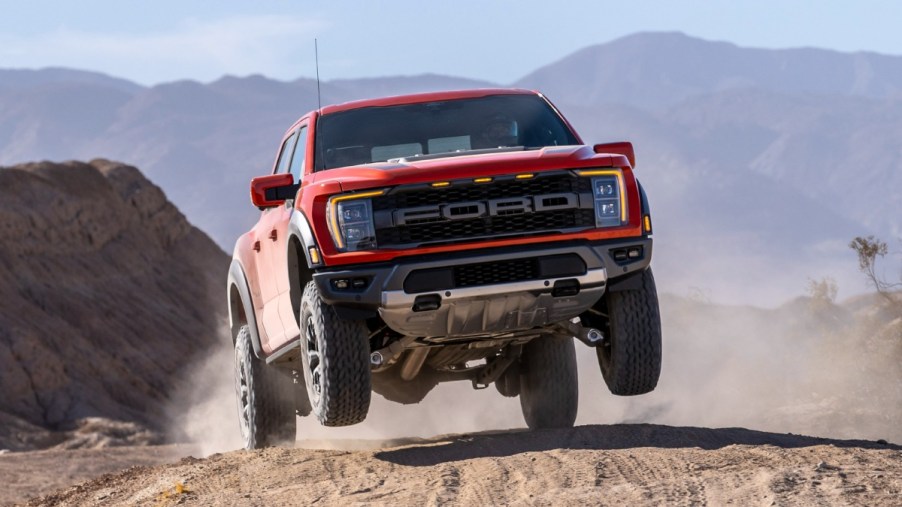
Off-Road Trucks and SUVs Are Bad for the Environment — Here’s Why
Off-road trucks and SUVs, such as the Toyota 4Runner, Ford Bronco, and Ford F-150 Raptor, used to be a niche segment. However, now, off-road models are everywhere, including for mainstream models and EVs. At first glance, off-road driving with a truck, SUV, dirt bike, or ATV might seem like a harmless way to experience some outdoor fun. However, it’s very bad for the environment. Here’s why.
Reasons why off-road trucks and SUVs are harmful for the environment
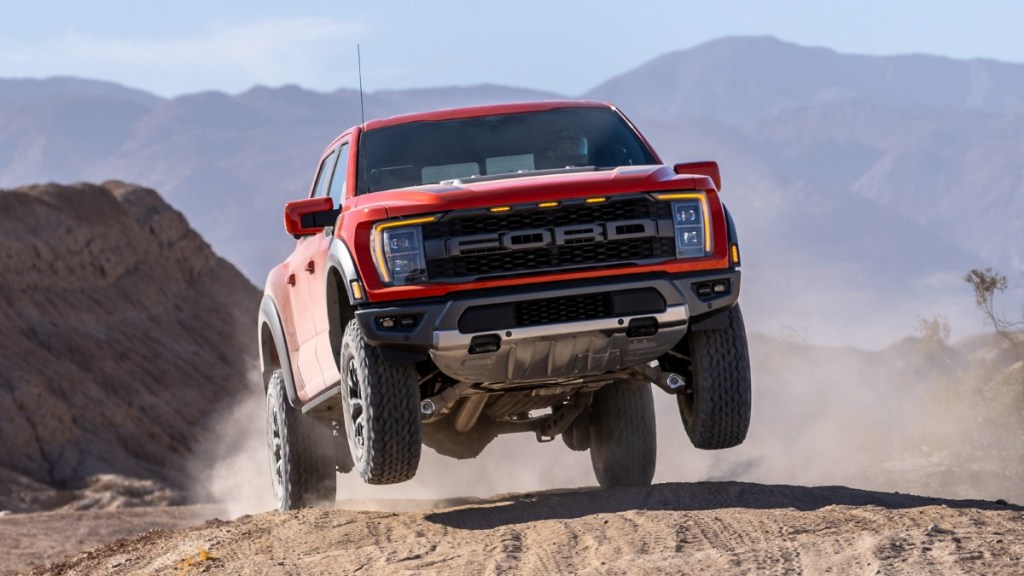
With all the demands and stress of our daily lives, there’s a longing to get away from it all and enjoy some rugged adventures in the great outdoors. With this in mind, it’s understandable why heading off the beaten path appeals to many.
Also, as shown by the Rivian R1T electric truck and R1S electric SUV, off-road driving attracts people that are passionate about the environment and conservation. However, off-road driving is actually causing harm to the very thing they love and want to protect.
Here are ways that off-road driving with trucks, SUVs, dirt bikes, and ATVs is bad for the environment:
- Damages and destroys vegetation
- Soil erosion
- Harms animals and disturbs animal habitat
- Air and noise pollution
Damages and destroys vegetation
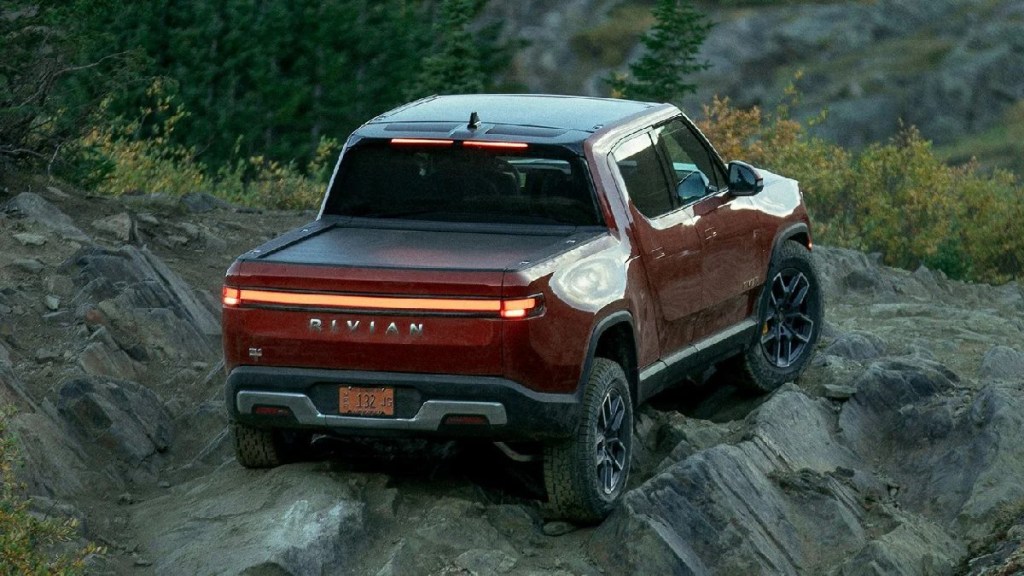
Off-road driving makes the most significant negative impact when one travels off the trails. When doing this, a vehicle damages and destroys vegetation. Also, it churns up the soil and spreads weeds that are harmful to native plant life. Per HowStuffWorks, a study conducted by Montana State University Extension Service revealed that, over a 10-mile radius, only one dirt bike can distribute 2,000 seeds.
Soil erosion
Off-road driving with a truck, SUV, bike, or ATV contributes to soil erosion. Soil is the foundation for ecosystems, so when it erodes, many things are adversely affected. When driving off-road, vehicles create ruts in the ground, compact the soil, and damage root systems. Also, it can lead to more sedimentation in waterways, as well as more frequent dust storms.
Harms animals and disturbs animal habitats
Driving off-road is harmful to animals. It can harm an animal directly if a truck, SUV, bike, or ATV hits them. It also disturbs their habitat by churning it up, eroding soil, and spreading noxious weeds.
Air and noise pollution
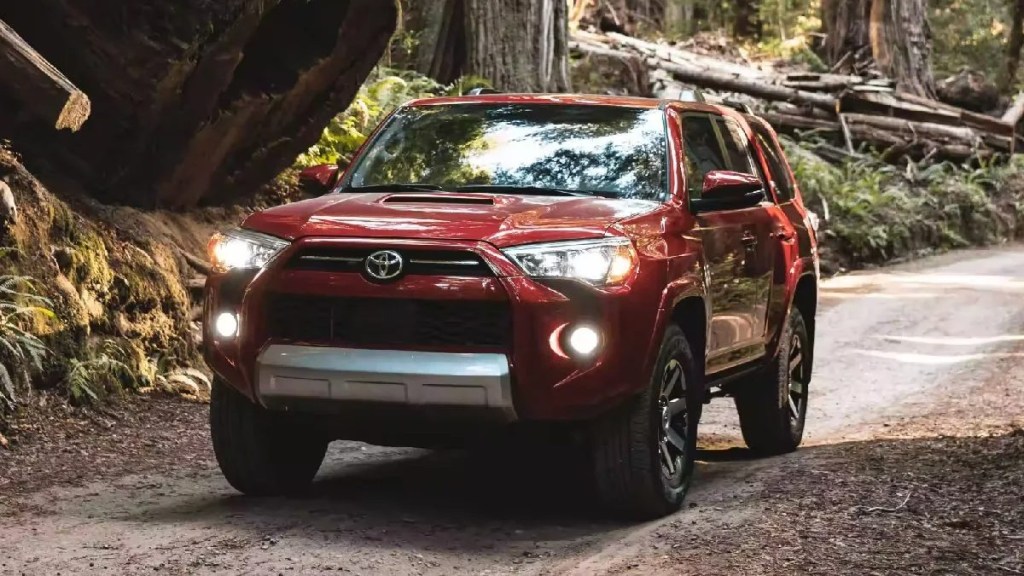
Also, the engines of off-road vehicles create noise that can frighten and scare off animals. I live in an idyllic natural area of Wisconsin that is usually very quiet and peaceful. However, throughout the summer, a neighbor down the road has big dirt bike gatherings on a course he created on his land. The tranquil peacefulness is pierced by the high-pitched whine of the dirt bikes that drown out all other sounds.
Residents in my neighborhood were quite upset about having these frequent noisy disturbances. A local ordinance made the dirt bike warriors limit their rallies to two days per week, but the noise is still a problem. If this noise is disturbing to humans, you can only imagine how much it adversely affects animals.
Additionally, off-road driving pollutes the air, further impacting plant and animal life. While getting an electric truck or SUV like the Rivian R1T or R1S addresses this issue, there are still other harmful things.
Staying on the trails minimizes the harmfulness of off-road driving
There are multiple ways that off-road driving is very bad for the environment. This includes damaging and destroying vegetation, soil erosion, harming animals, disturbing animal habitats, and air and noise pollution.
If someone is set on heading off-road with their truck, SUV, dirt bike, or ATV, though, the key is staying on the trails — in areas that are marked for driving. While not completely free of problems, it minimizes the harmful effects.
Also, don’t drive with reckless abandon. Instead, drive carefully and closely watch where you are going. Additionally, if you drive off-road at night, it’s helpful to use extra lights, as detailed by Off-Road Manual.
Furthermore, ensure you adhere to the local regulations for off-road driving. Along with being bad for the environment, it could be illegal. Each state, county, city, and local municipality have different laws that govern off-road use, so be sure to check before hitting the trails.
